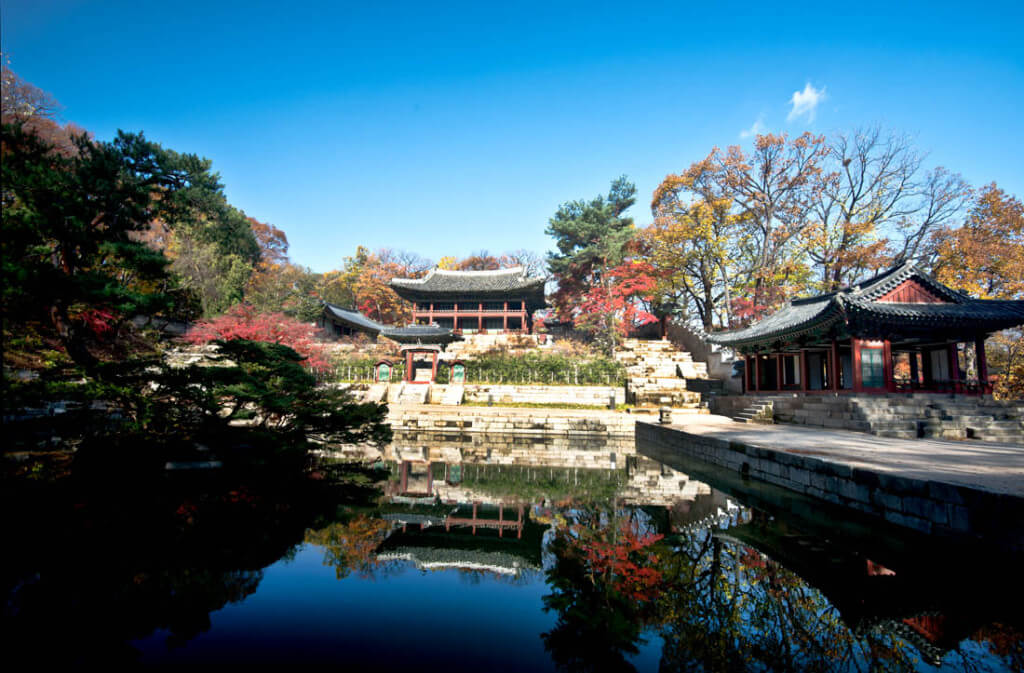Hanok is traditional Korean residential buildings. Usually, you may see many Hanok buildings in Bukchon Hanok Village and Insa-dong. There are a number of cafes housed in renovated Hanok in Insa-dong and Hanok Village, as well.
These cafes feature in traditional mood and offer traditional Korean tea, even some cafes have Jangdokdae(traditional Korean earthenware pots containing sauces) and Deacheong Maru(wooden-floors).
Let’s learn about Hanok cafes in Seoul.
Cafe LN
The most popular space in the cafe is courtyard which features in a nice pine tree and several tables and chairs.
The menu consists of healthy beverages like Korean Black Raspberry Latte and Black Sesame Latte, as well as the Glutinous Rice Cake Waffle, which are unique items to Cafe LN.
Adress: 5, Bukchon-ro na-gil, Jongno-gu, Seoul
Gahwadang
Gahwadang is small cafe, having about five tables. The menu is consists of traditional Korean teas, grilled garae-tteok, hangwa, and other traditional snacks.
All the tables have a small notepad and colored pencils for visitors to take memos or draw picture. It is fun to view the writings and drawings of others.
Adress: 16-1, Samcheong-ro 4-gil, Jongno-gu, Seoul
Yeon
Yeon is a popular hanok cafe in Samcheong-dong. Yeon offers a variety of traditional Korean teas and snacks, but you can also order coffee, Indian chai tea and lassi, and Thai banana pancakes, giving cafe an international concept. Also on the menu are cocktails, beer, other types of alcoholic drinks, and appetizers.
Address: 84-3, Samcheong-ro, Jongno-gu, Seoul
The Moonbird Only Thinks of the Moon
This cafe is traditional tea house. Also, it is a popular place among people who like charms of traditional tea houses. The interior is decorated with various masks, straw shoes, and painting of Korean style. The tea house offers teas made of a variety of homemade ingredients. Once you order tea, you will be served with a Thermos flask so you can brew your own tea.
Address: 14-3, Insadong 12-gil, Jongno-gu, Seoul





















